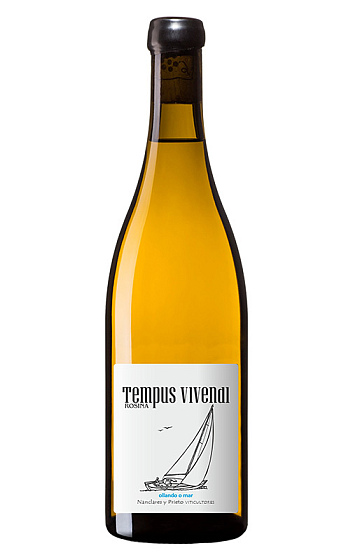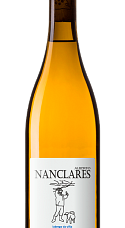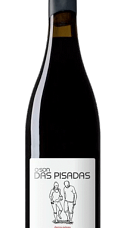Tempus Vivendi 2023
Description
Situadas en el municipio de Sanxenxo y bajo suelos diversos, las viñas de Albariño que dan origen a Tempus Vivendi entregan una versión salina que se corresponde con la imagen marinera que ilustra su etiqueta. Albariño de pequeña producción, cítrico, floral y tropical. Un must para los amantes de la uva estrella de las Rías Baixas.
Fiche technique
Dégustation
Vignoble et élaboration
L'avis des experts
Aromas of sliced apples, crusted salt and hints of iodine. The palate is medium- to full-bodied, salty, tense, delicate and nuanced, with a pleasant saline finish. From grapes grown in Sanxenxo, very close to the sea. You can actually see the ocean from the vineyards. Drink now.
The sea-infused 2023 Tempus Vivendi, named after Alberto Nanclares's boat, was produced with grapes from the parishes of Vilalonga, Noalla, Adina and Dorrón in Sanxenxo in the coastal part of the Salnés, a total of 16 vineyards. It was produced like the rest: the full clusters were pressed and the juice fermented with indigenous yeasts in stainless steel and then kept with the lees for some seven months. This is always saltier and very tasty, with contained ripeness and alcohol (12.8%), neatly balanced by good acidity and a low pH and with a bone-dry finish this year. This is a wine that ages beautifully in bottle. 6,133 bottles and 50 magnums produced. It was bottled in May 2025 on a flower day.











Millésimes: 2023 2022 2020 2019
Nos membres n’ont pas encore laissé de commentaires pour ce millésime. Cliquez sur les millésimes précédents pour accéder aux commentaires.
De los albariños más frescos que he tomado. muy recomendable. Lima, muy largo